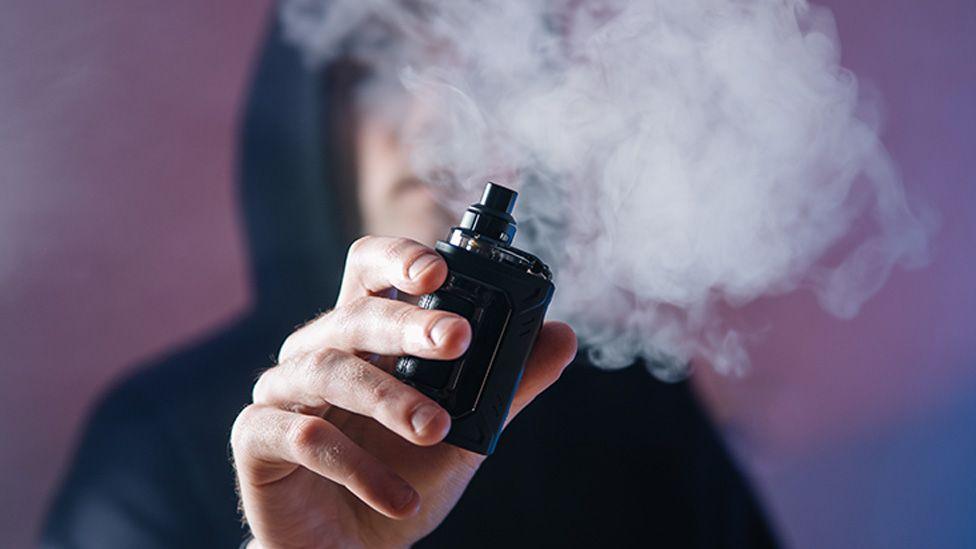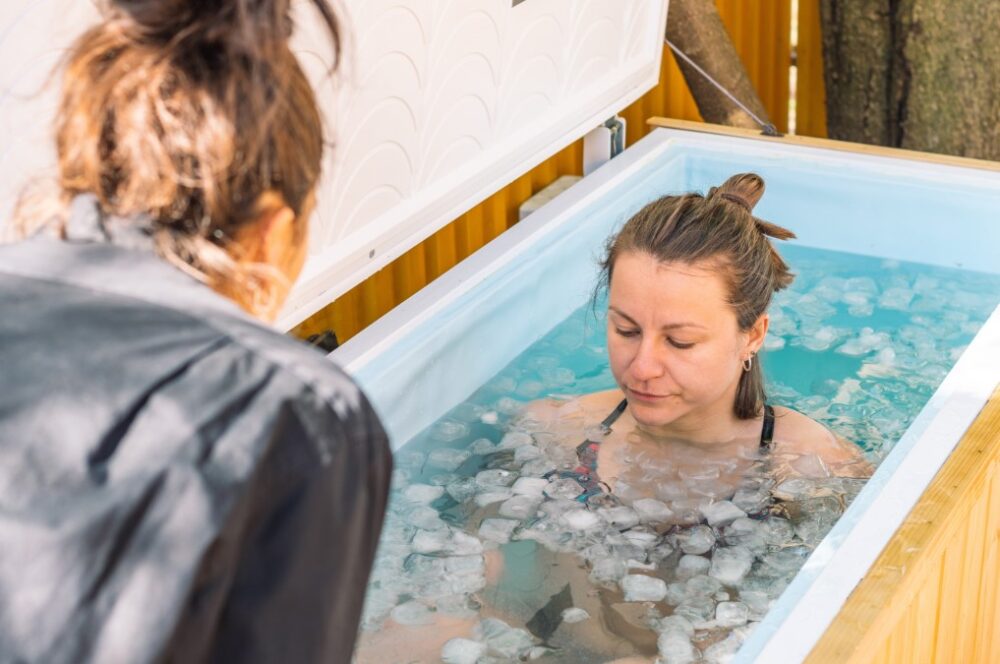Keloids are a typical scar problem in people with dark skin. When any wound heals, a thin layer of skin covers the wound to protect it. In some cases, there is excess overlapping of tissues, which results in Keloids. It is not at all painful but does not look good on your exposed body parts. It is possible that it can grow larger and causes severe marks on your body. There are many reasons that you have this scar.
In the following write-up, we will discuss Keloids, its causes, symptoms, treatments, and much more. If you also have such a scar, you must read all the solutions and get a consultation from your dermatologist to treat it effectively. You can visit here if you want more detailed data about Keloids and effective treatments to eliminate it.
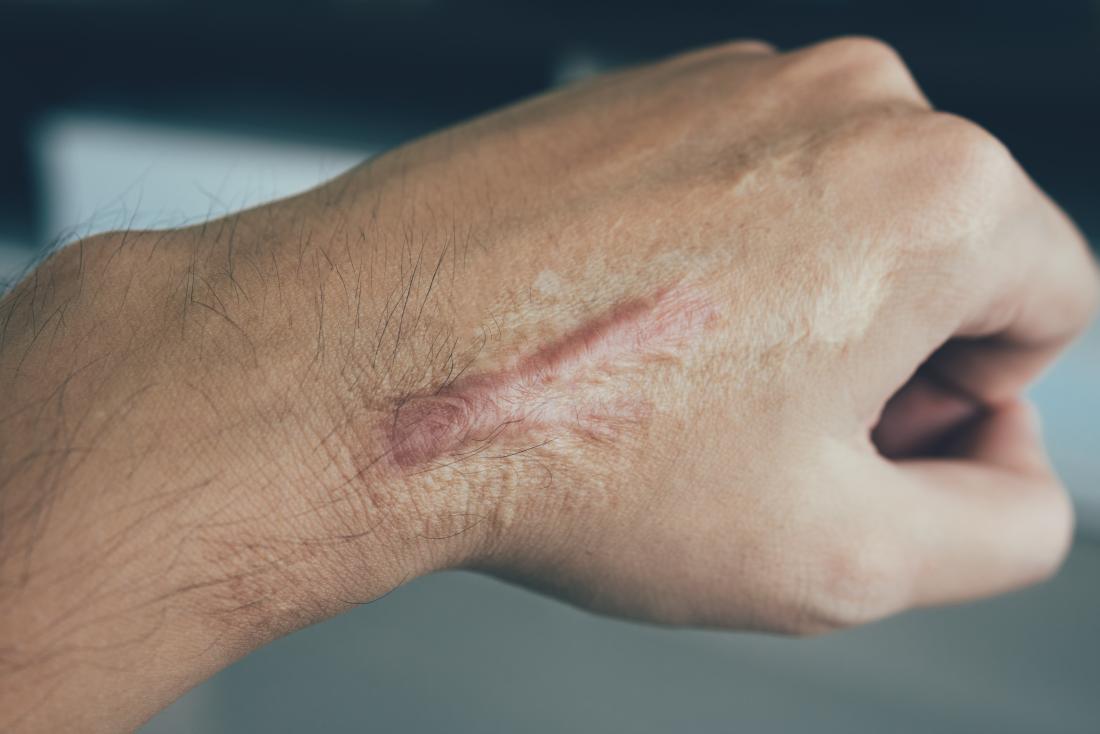
Reasons that Give Rise to Skin Keloids
We have already discussed that when an injured skin heals, cells get to activate and form a wound layer. The overlapping of tissues can result in this scar. It makes the skin raised and looks awkward on some body parts. It can happen for many reasons, and it is better to know them to check your condition.
- Piercings
- Tattoos
- Extreme Level of Acne
- Bites by Insects
- Scars Through Surgeries
- Cuts
- Chickenpox
- Puncture wounds
There are more chances of getting Keloid at a certain age or circumstance. It is found that 18% to 20% of people with dark skin have this problem. Let us check out who else can have this scar:
- Pregnant women
- Any Asian or people with dark skin tone
- Family history
- People with age less than 30
- Teenager in puberty
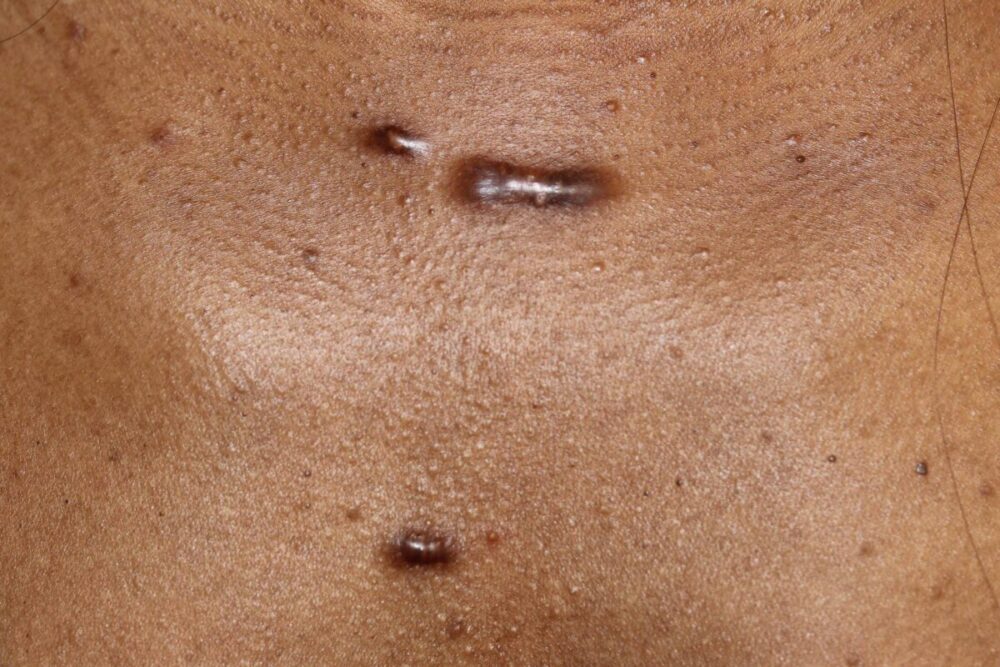
How Do Keloids Appear Like?
Multiple methods are there to determine whether it is a Keloid mark. There are several characteristics that you need to consider for checking your problem.
- Skin Tissues are Slowly Growing: In the beginning, it may not be possible to detect Keloid’s presence. But you can observe when it keeps on growing for years. The scar’s size and shape increase with time, and it is a better way to detect the problem. If you find that this thing is happening with you, you must consult your dermatologist to prevent growing the skin tissues.
- Looks Like Red or Purple: The mark’s surface is entirely flat from the bottom, and it gets raised repeatedly. When it comes to color, then it may get dark with years. The skin color can turn red, pink, and purple. It can also change with time because it grows for many years. When it stops, it gets dark as compared to the skin tone of a person.
- Different to Touch Than the Rest of the Skin: The scars are either soft or hard to touch. It depends on your Keloid and skin. You can discuss this in detail with your doctor because they know everything.
- Itching, Sensitivity, and Pain: When it grows, then the person may feel itchy, sensitive, or painful in that area. When it stops growing, then all these symptoms also go away.
What Body Parts Can Get Affected with Keloids?
This type of scar can appear on any part of your body. If we talk about common places, you may find it on ears, neck, back, chest, etc. The shape and size of the skin tissues may vary from person to person. It can be less or over 10 inches. There is no surety of fixed size, shape, and place of the mark.

Is it Possible to Prevent Keloids?
If you know that your body is prone to such a scar, you can avoid it by not getting any piercing and tattoos on your body. But if you desperately want to pierce your ears, make sure you can wear special types of earrings that help eliminate or reduce the scarring on your earlobes.
How to Treat Keloids Effectively?
It is quite challenging to eliminate the problem because it may appear again once removed. The procedure involves various techniques for softening, flattening, and minimizing the dimensions of the scar on any part of the body. An experienced doctor can use various methods to treat your problem. Let us discuss different treatments:
- Corticosteroid Shots: It is a medicine shot which helps in minimizing the dimensions of the mark. It can be taken in the initial stage or combine it with other treatments for better result.
- Freezing: The therapy is called Cryotherapy, which is quite useful in softening the firmness and reducing the Keloid size. If you have any small scar, then it is the perfect therapy that your doctor might consult you.
- Cover the Overlapped Skin Tissues with Gel or Silicone Sheets: It is a slow treatment for smoothening the Keloid because you have to cover the skin tissues for many days to observe the results.
- Laser Treatment: If you want to flatten and fade the scar’s dark color, then it is the preferable treatment.
- Removal of Keloid Through Surgery: There is surgery for treating the overlapped skin tissues. It includes cutting and removing it from your body. But there are high chances to get it back after some time.
- Pressure Treatment: It is an after-treatment of the surgery. It involves putting certain pressure on the surgical area to reduce the flow of blood. It will help in stopping the return of the Keloid again in that place.
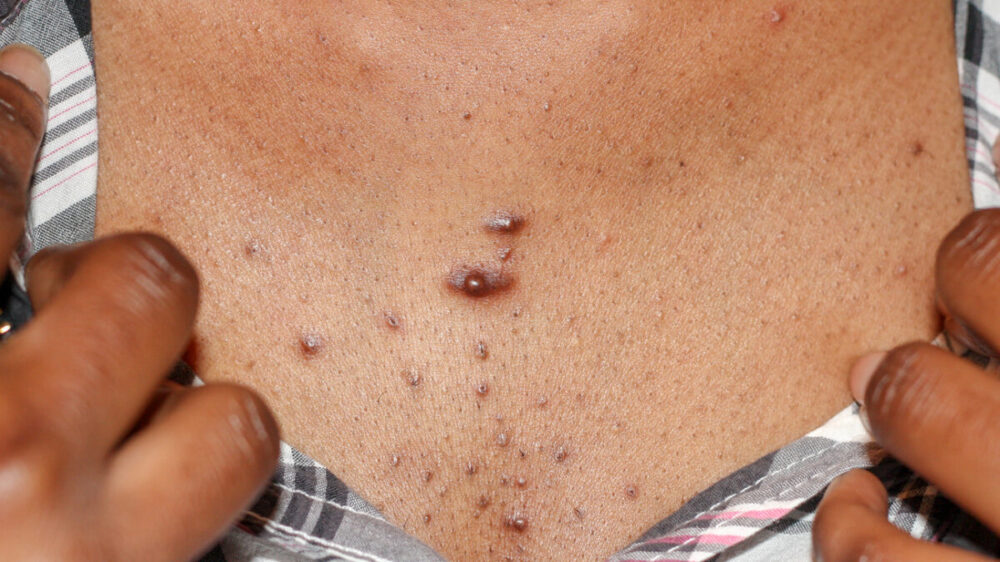
The Bottom Line
Keloid is a scar, which can be formed with overlapping of skin tissues over the wound. There is no problem living with it, but undoubtedly, it looks embarrassing to have on your body. It ruins your facial beauty, and hence, it should be treated.
There are many ways to know its causes but the common ones are piercing and tattoos. You must consult an experienced doctor and ask for better treatment to get rid of this scar. He can suggest better after considering your problem in-depth. It is crucial to treat the problem on time before it gets worse with time.


